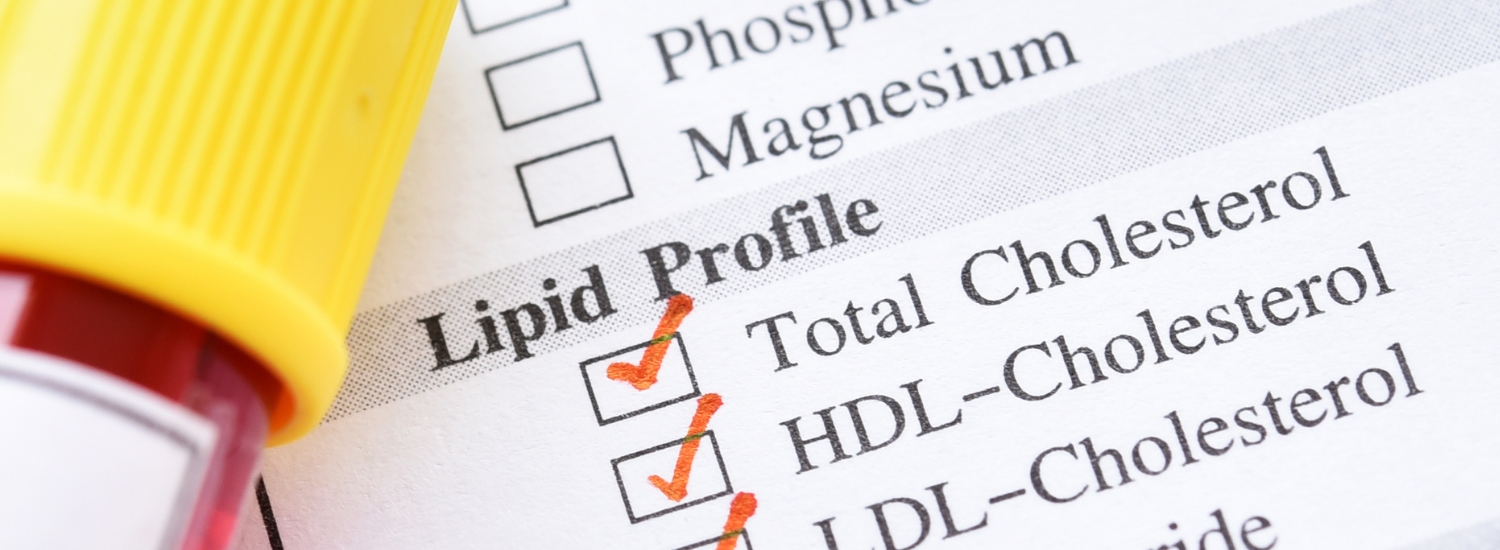Vitamin D plays a crucial role in your overall health, from supporting immune function to promoting bone health. A deficiency in vitamin D can lead to various health issues, including weakened bones, fatigue, and even depression. At Longview Primary Care, we offer expert guidance on how to detect, treat, and prevent vitamin D deficiency to help you lead a healthier life.
Table of Contents:
- What is Vitamin D Deficiency?
- Common Symptoms of Vitamin D Deficiency
- Causes of Vitamin D Deficiency
- How to Prevent and Treat Vitamin D Deficiency
- The Role of Sunlight and Diet
- When to See a Healthcare Provider
- Final Thoughts
What is Vitamin D Deficiency?
Vitamin D is a fat-soluble vitamin that plays a vital role in calcium absorption and bone health. It also supports your immune system and helps regulate mood. A deficiency occurs when your body doesn’t get enough vitamin D from sunlight or dietary sources, which can lead to a range of health problems, including osteoporosis, cardiovascular disease, and weakened immune function.
Common Symptoms of Vitamin D Deficiency
Vitamin D deficiency can sometimes go unnoticed, as many symptoms are subtle or mistaken for other conditions. However, common signs include:
- Fatigue and Weakness: Feeling tired or weak even after a good night’s sleep can be a sign of low vitamin D levels. Muscle weakness and general fatigue are among the most common symptoms.
- Bone Pain and Muscle Weakness: Low levels of vitamin D can lead to bone pain, especially in the lower back or legs, and muscle weakness that may make movement feel difficult.
- Frequent Illness or Infections: Vitamin D plays an essential role in immune function. A deficiency may increase your susceptibility to colds, flu, or other infections.
- Depression: Low vitamin D levels are linked to mood disorders, including depression and seasonal affective disorder (SAD). Vitamin D is thought to help regulate mood and ward off feelings of sadness.
- Hair Loss: Severe vitamin D deficiency has been linked to hair loss, particularly in women with conditions like alopecia areata.
- Delayed Wound Healing: Vitamin D plays a role in tissue repair, and a deficiency can slow the healing process of wounds or injuries.
Causes of Vitamin D Deficiency
Several factors can contribute to vitamin D deficiency, including:
- Limited Sunlight Exposure: The body naturally produces vitamin D when exposed to sunlight. If you live in an area with little sun or spend most of your time indoors, you may be at risk.
- Age: Older adults may have reduced ability to produce vitamin D in their skin.
- Dark Skin: People with darker skin have more melanin, which reduces the skin’s ability to produce vitamin D in response to sunlight.
- Dietary Deficiencies: If your diet lacks vitamin D-rich foods like fatty fish, fortified dairy, and eggs, you may not be getting enough of this essential nutrient.
- Obesity: Vitamin D is stored in fat tissue, and people with higher body fat percentages may have lower bioavailability of vitamin D.
- Certain Medical Conditions: Certain health conditions, such as celiac disease, Crohn’s disease, and kidney disease, can affect the body’s ability to absorb or process vitamin D.
How to Prevent and Treat Vitamin D Deficiency
Preventing and treating vitamin D deficiency involves lifestyle changes and, in some cases, supplements:
- Get Sun Exposure: Aim for 10 to 30 minutes of sunlight exposure several times a week, depending on your skin type and geographic location. This allows your skin to produce vitamin D naturally.
- Consume Vitamin D-Rich Foods: Foods such as fatty fish (salmon, mackerel), fortified dairy products, eggs, and mushrooms are good dietary sources of vitamin D.
- Take Supplements: If you have difficulty getting enough vitamin D from sunlight or food, your healthcare provider may recommend vitamin D supplements. The recommended daily intake for adults is around 600-800 IU, but your doctor may adjust this based on your individual needs.
- Regular Testing: If you are at risk for vitamin D deficiency, regular blood tests can monitor your vitamin D levels. This allows your healthcare provider to recommend the right treatment plan for you.
The Role of Sunlight and Diet
Sunlight is one of the best natural sources of vitamin D, but for people living in regions with long winters or those who spend most of their time indoors, dietary intake becomes crucial. Fortified foods such as milk, orange juice, and cereals can help boost your intake of vitamin D. Additionally, fatty fish like salmon, sardines, and mackerel are rich in vitamin D and can help prevent deficiency.
When to See a Healthcare Provider
If you suspect you have vitamin D deficiency based on the symptoms mentioned or have risk factors, it’s important to seek medical advice. A blood test can confirm if you have low vitamin D levels, and your healthcare provider can guide you on the appropriate treatment plan.
Final Thoughts
Vitamin D deficiency is a common but preventable condition. By ensuring adequate sun exposure, consuming vitamin D-rich foods, and taking supplements if necessary, you can maintain healthy vitamin D levels and support your overall health. If you are experiencing symptoms of deficiency or have concerns about your vitamin D intake, schedule an appointment with us at Longview Primary Care for personalized care and advice.
Disclaimer: The information provided in this blog is for educational purposes only and is not intended as medical advice. It should not be used to diagnose or treat any health condition. Always consult with a qualified healthcare professional for accurate diagnosis and treatment of any symptoms or medical concern. In case of Emergency, please call 911.










